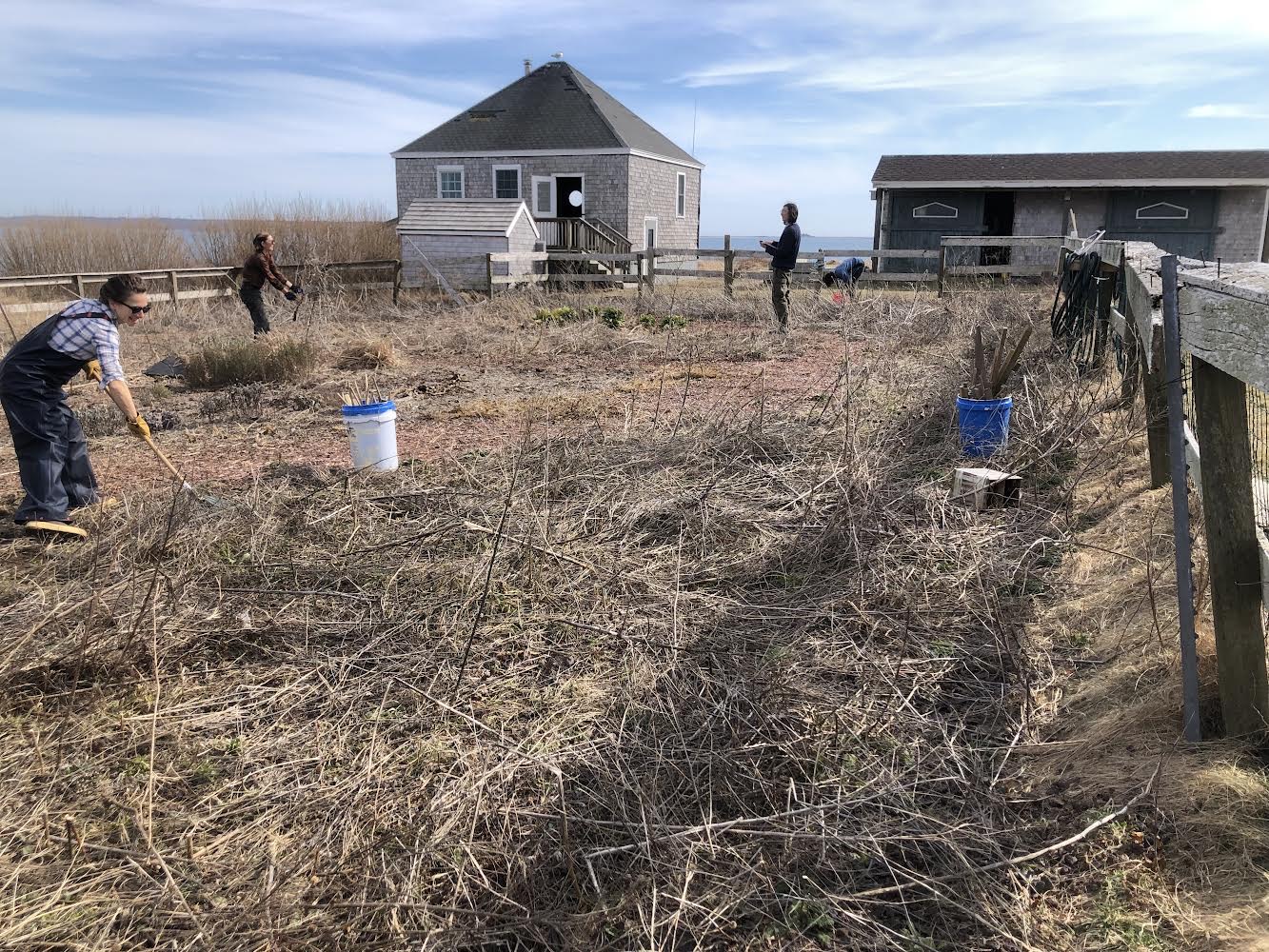
Dancer Turned Lecturer: Ana Isabel Keilson’s Unconventional Path to Harvard
Ever since she was a little girl, Ana Isabel Keilson wanted to be a professional dancer. But after years of dancing, her career trajectory took a major turn — now, she’s a lecturer in the Social Studies department at Harvard and runs an undergraduate education program that immerses students in nature.
After graduating college with a degree in English literature, Keilson packed up and headed to Europe, where she spent several months dancing with professional companies. In her free time traveling, she explored some of her non-dancing interests, even working on an olive farm through a wildlife conservation program.
Upon returning to the United States, Keilson began touring the New York modern dance scene, during which time she worked as a film archivist for Merce Cunningham, a prominent modern dancer and choreographer. As someone who had been dancing since she was a child and choreographing since high school, it was only natural for Keilson to join the group of rising independent artists in the city. Inspired by the experience and mentored by established artists in this scene, Keilson decided to form her own modern dance company.
However, as was the case for many emerging artists in New York, Keilson struggled to keep her company afloat financially, so she began looking for “creative ways to support my creative work.”
Inspiration came over coffee with a professor-turned-friend.
“He said, ‘If you get into a Ph.D. program at a wealthy institution, it’ll support your salary and health insurance, and you’ll have a bunch of time to work on your art for seven years,’” she says. “So I thought that sounded like a pretty good idea.”
After completing her Ph.D. in history at Columbia, she accepted a job offer in the Social Studies department at Harvard in 2017. An intellectual historian, Keilson’s current research is on the history of climate change through the lens of national security.
Though dance and choreography will always remain lifelong passions, Keilson is embracing the academic turn of her career.
“The more time I spent abroad, the more I realized that I was just interested in different things,” she says. “I began to phase out professional artistic work as I became more committed to academia.”
In February 2020, Keilson was invited to teach at Deep Springs College, a two-year liberal arts college located on an alfalfa farm in rural California. But then the pandemic struck, and her plans were delayed by a year of Zoom teaching while “cooped up” in her apartment with her kids. Keilson and her husband finally arrived in Deep Springs in the summer of 2021.
“We were really impressed with the pedagogical structure of the college, which is based on the three pillars of academics, physical labor, and student self-governance,” she says. She found the experience “utterly transformative” and was “sad to leave.”
Yet another career turn came later that year, while on a boat in Cape Cod with family, when a friend gestured to a small island in the distance and wondered what it was. Keilson’s husband joked, “That’s where we’re gonna have our academics, manual labor, and student self-governance experiment.”
But as the couple made their way back to Cambridge, the flippant statement began taking shape as a real idea. They started introducing the idea to friends and colleagues, including those they had worked with at Deep Springs, and each time received enthusiastic feedback.
“Fast forward six months,” Keilson says, “we ran a week-long pilot program on an island in Buzzards Bay.”
This small, uninhabited Massachusetts island — one of the “Elizabeth Islands'' in Dukes County, Mass. — is called “Gull Island.” Relatively unknown, it formerly held a U.S. Navy bombing range.

Keilson described the Gull Island pilot program as a “place-based liberal arts program for advanced undergrads,” where students and faculty lived in a communal house with no potable water and limited electricity. Its pedagogical model, inspired by Deep Springs’, incorporates academics, manual labor, and student self-governance.
“The mission is to cultivate democratic citizenship in an age of climate change,” she says.
To fulfill the three pillars, each day began with seminars, transitioned into manual labor, and concluded with community meetings.
The program curriculum was heavily influenced by the geography of Gull Island itself — Keilson ensured students learned about the native history and ecology of the island. The faculty worked with the native Mashpee Wampanoag and Aquinnah tribes to develop the curriculum, which was guided by the overarching question: “What is the right relation to the land?”
For the manual labor aspect of the program, participants conducted aquaculture area assessments with agriculturists from the Woods Hole Oceanographic Institute, gardened, and performed general island upkeep.
In the coming years, Keilson plans to continue scaling up Gull Island — she’s running a four-week pilot in the early summer of 2023 and is currently working on developing the first set of applications, which will be open to juniors, seniors, and recent graduates.
“Whether you’re really excited about political philosophy or the arts or climate science, it really is a place where those kinds of disciplines break down,” she says.
Keilson’s unconventional road to academia may speak to her vision for Gull Island as an interdisciplinary learning space. Drawing on her wide-ranging interests — from dance to history to the climate crisis — Keilson ultimately hopes Gull Island will be a place where students and teachers can learn from each other and “students can ask questions about how they want to live.”
— Magazine writer Claire Yuan can be reached at claire.yuan@thecrimson.com.


